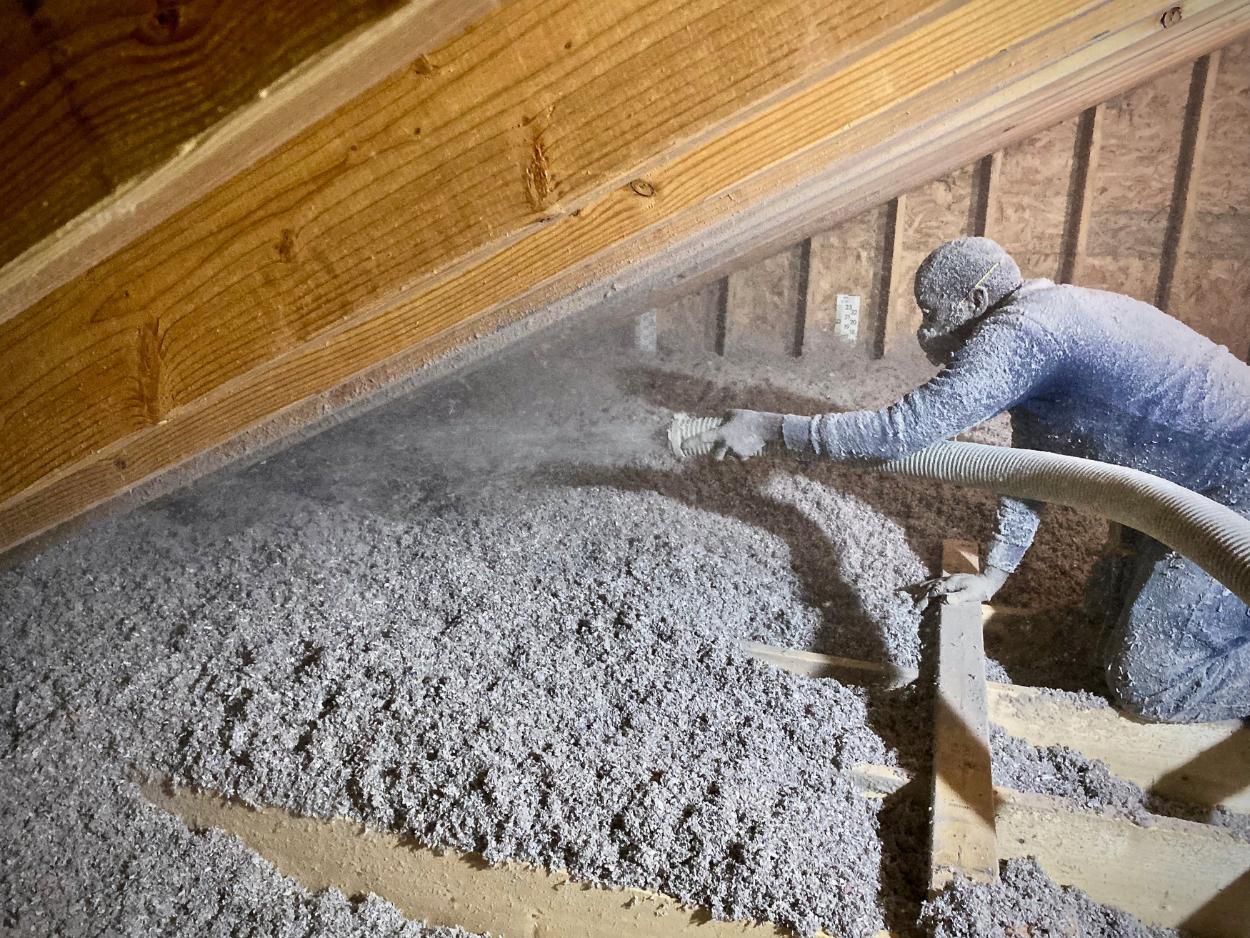

Articles
What Is Blow-In Insulation
Modified: January 8, 2024
Learn all about blown-in insulation in this informative article. Discover the benefits of using blown-in insulation for your home and how it can help you save energy and reduce heating costs.
(Many of the links in this article redirect to a specific reviewed product. Your purchase of these products through affiliate links helps to generate commission for Storables.com, at no extra cost. Learn more)
Introduction
When it comes to insulating your home or commercial space, there are several options to consider. One popular choice is blown in insulation. Blown in insulation, also known as loose-fill insulation, is a method used to insulate walls, attics, and other areas by blowing insulation material into the space.
This article will provide a comprehensive understanding of blown-in insulation, including its definition, how it works, the benefits it offers, the types of insulation materials used, the installation process, cost considerations, factors to consider before installation, and maintenance and longevity of blown-in insulation.
Whether you are a homeowner looking to improve the energy efficiency of your property or a contractor seeking information on the latest insulation techniques, this article will serve as your guide to blown-in insulation.
Key Takeaways:
- Blown-in insulation is a versatile, cost-effective, and eco-friendly solution that enhances energy efficiency, comfort, and soundproofing in residential and commercial buildings. Its ability to fill gaps and reduce heat transfer makes it a popular choice for homeowners and contractors.
- Proper maintenance and professional installation are crucial for maximizing the longevity and performance of blown-in insulation. By addressing factors such as moisture control, air sealing, and regular inspections, property owners can ensure long-term energy savings and a comfortable indoor environment.
Read more: What R-Value Is Blow-In Insulation
Definition of Blown In Insulation
Blown-in insulation refers to the process of filling spaces within walls, attics, and other areas with loose insulation material. Unlike traditional insulation methods such as batts or rolls, which are pre-cut to fit specific spaces, blown-in insulation is installed by blowing or spraying insulation material into the desired area using specialized equipment. This method allows for a more efficient and effective insulation solution.
The main purpose of blown-in insulation is to improve energy efficiency by reducing heat transfer. By filling gaps, cracks, and voids, blown-in insulation creates a thermal barrier that prevents the escape of warm air in the winter and the entry of hot air in the summer. This insulation technique helps maintain a comfortable indoor temperature, reducing the load on heating and cooling systems and ultimately lowering energy consumption and utility costs.
Blown-in insulation is commonly used in both residential and commercial applications. It can be installed in new construction projects or retrofitted into existing structures. The versatility of blown-in insulation allows for its application in various areas, including walls, attics, crawl spaces, and floors, ensuring comprehensive coverage and maximum insulation efficiency.
Overall, blown-in insulation offers a cost-effective and efficient solution for insulating buildings, improving energy efficiency, and enhancing overall comfort. Its flexibility in application and superior insulation properties make it a popular choice among homeowners and contractors alike.
How Blown In Insulation Works
Blown-in insulation works by filling the empty spaces within walls, attics, and other areas with loose insulation material. This technique effectively creates a barrier that reduces heat transfer and improves energy efficiency.
The installation process involves the use of specialized equipment, such as a blowing machine, to distribute the insulation material evenly throughout the designated area. The insulation material is typically composed of small particles or fibers made from materials like fiberglass, cellulose, or mineral wool.
When installing blown-in insulation, a professional contractor will carefully assess the space to determine the coverage and insulation level required. The insulation material is then loaded into the blowing machine, which propels it through a hose and into the desired area.
As the insulation material is blown into the space, it fills cavities, crevices, and gaps, creating a uniform layer of insulation. The material settles and conforms to the surroundings, effectively sealing off any air leaks and providing optimal thermal insulation.
Blown-in insulation works by slowing down the transfer of heat through conduction and convection. The insulation material traps air and prevents it from circulating, reducing the transfer of thermal energy. This helps maintain a consistent indoor temperature, reducing the need for excessive heating or cooling.
Another key benefit of blown-in insulation is its ability to provide a high level of insulation even in hard-to-reach or irregularly shaped areas. The loose fibers or particles can easily fill tight spots, ensuring complete coverage and eliminating thermal bridges.
Overall, the installation of blown-in insulation offers an effective way to improve energy efficiency and comfort within a building. It works by creating a thermal barrier that reduces heat transfer, thereby reducing the need for excessive heating or cooling and ultimately lowering energy costs.
Benefits of Blown In Insulation
Blown-in insulation offers numerous benefits that make it a popular choice for homeowners and contractors alike. Here are some of the key advantages:
- Enhanced Energy Efficiency: Blown-in insulation effectively reduces heat transfer, improving the energy efficiency of a building. By creating a thermal barrier, it prevents the escape of warm air in winter and the penetration of hot air in summer, reducing the load on heating and cooling systems and lowering energy consumption.
- Improved Comfort: Properly installed blown-in insulation creates a more comfortable indoor environment by maintaining a consistent temperature. It eliminates cold spots, drafts, and excessive heat, ensuring even heating and cooling throughout the building.
- No Gaps or Voids: The blowing process allows the insulation material to fill all gaps, cracks, and voids, ensuring comprehensive coverage and eliminating any areas susceptible to air leakage. This reduces the risk of moisture infiltration and drafts that can compromise the structural integrity of the building.
- No Settling: Unlike some traditional insulation materials, blown-in insulation does not settle or compress over time. The loose fibers or particles conform to the surrounding space and remain in place, providing consistent insulation performance for years.
- Reduced Noise Transmission: Blown-in insulation has excellent sound-absorbing properties. It helps reduce noise transmission from outside sources, creating a quieter indoor environment.
- Fire Resistance: Depending on the type of insulation material used, blown-in insulation can provide added fire resistance. Fiberglass blown-in insulation, for example, is non-combustible and does not contribute to the spread of fire.
- Eco-Friendly Option: Many blown-in insulation materials contain a significant amount of recycled content, making them an environmentally friendly choice. Additionally, blown-in insulation helps reduce energy consumption, leading to a smaller carbon footprint.
- Cost-Effective: Blown-in insulation offers a cost-effective solution for improving energy efficiency. The relatively quick installation process and the ability to cover hard-to-reach areas make it a cost-efficient choice compared to other insulation methods.
Overall, blown-in insulation provides a range of benefits, including enhanced energy efficiency and comfort, reduced noise transmission, fire resistance, and cost-effectiveness. It is a versatile and reliable insulation option that can significantly improve the overall performance of a building.
Types of Blown In Insulation Materials
Blown-in insulation can be made from various materials, each offering unique properties and benefits. Here are some of the common types of blown-in insulation materials:
- Fiberglass: Fiberglass blown-in insulation is one of the most popular choices due to its excellent thermal performance and affordability. It is made from recycled glass fibers that are blown into the desired area. Fiberglass insulation is non-combustible, resistant to moisture, and does not settle over time.
- Cellulose: Cellulose blown-in insulation is made from recycled paper products, usually treated with fire retardants. It offers good thermal performance and sound absorption properties. Cellulose insulation is an eco-friendly option and can be an effective choice for both retrofitting and new construction.
- Mineral Wool: Mineral wool, also known as rock wool or slag wool, is made from molten rock or slag spun into fibers. It is commonly used in blown-in form for insulating walls and attics. Mineral wool insulation is resistant to fire, pests, and mold, and offers excellent soundproofing qualities.
- Cotton: Cotton insulation is made from recycled denim and cotton fibers. It is a renewable and environmentally friendly option for blown-in insulation. Cotton insulation has good thermal and sound insulation properties and is treated to resist pests, fire, and mold.
- Cellulose-Soy: Cellulose-soy blown-in insulation is a more eco-friendly alternative to traditional cellulose insulation. It incorporates soy-based additives that enhance the adhesive properties of the insulation material. This type of insulation is often used in areas prone to high moisture levels.
- Expanded Polystyrene (EPS): EPS blown-in insulation is made from expanded beads of polystyrene, a type of plastic. It is lightweight, durable, and provides good thermal insulation. EPS insulation is commonly used in roof spaces and walls.
When choosing the right blown-in insulation material for your project, it is important to consider factors such as thermal performance, moisture resistance, fire resistance, eco-friendliness, and budget. Consulting with a professional insulation contractor can help you determine the most suitable material based on your specific needs and requirements.
When installing blown-in insulation, make sure to wear protective gear such as a mask, goggles, and gloves to avoid inhaling or coming into contact with the insulation fibers. Proper ventilation is also important during installation.
Read more: How To Blow-In Cellulose Insulation
Installation Process of Blown In Insulation
The installation process of blown-in insulation involves several steps to ensure proper coverage and insulation performance. Here is a general overview of the installation process:
- Preparation: Before starting the installation, the area to be insulated should be properly prepared. This includes sealing any cracks, gaps, or air leaks to create a tight envelope for the insulation material. Any existing insulation should be inspected and removed if necessary.
- Assessment: A professional insulation contractor will assess the area to determine the insulation level required and the appropriate insulation material. The contractor will also consider factors such as climate, building codes, and specific project requirements during the assessment.
- Equipment Setup: The contractor will set up the necessary equipment, including a blower machine and a hose, to distribute the insulation material. The blower machine is loaded with the chosen insulation material, ensuring it is at the correct consistency for optimal installation.
- Installation: The installation process begins by inserting the hose into the access point, such as a small hole drilled into the wall or attic. The contractor will then use the blower machine to blow the insulation material into the designated area. They will move the hose systematically to ensure even distribution and coverage.
- Leveling and Testing: Once the insulation material is blown into the space, the contractor will use leveling tools to ensure an even layer of insulation. This step helps achieve the desired R-value and insulation effectiveness. After leveling, the contractor may conduct tests, such as thermal imaging, to identify any areas that may need additional insulation.
- Cleanup: Once the installation is complete, the contractor will clean up the work area, removing any excess insulation material and debris. They will ensure that the work space is left clean and tidy.
- Post-Installation Inspection: A final inspection is conducted to verify that the insulation meets the desired standards and specifications. The contractor will check for any gaps or areas of inadequate coverage and address them accordingly.
It is important to note that the installation process may vary slightly depending on the specific area being insulated and the chosen insulation material. Hiring a professional insulation contractor is recommended to ensure proper installation and maximize the effectiveness of the blown-in insulation.
Cost of Blown In Insulation
The cost of blown-in insulation can vary depending on several factors, including the size of the area to be insulated, the type of insulation material used, the local labor rates, and the complexity of the installation process. Here are some key cost considerations:
- Area Size: The larger the area to be insulated, the higher the overall cost. The cost is typically calculated based on the square footage of the space.
- Insulation Material: The type of insulation material chosen will also affect the cost. Fiberglass blown-in insulation is generally more affordable compared to options like cellulose or mineral wool.
- Insulation Depth: The desired level of insulation, measured in terms of R-value, can impact the cost. Increasing the insulation depth requires more insulation material, thus increasing the overall cost.
- Labor and Installation: The labor cost for installing blown-in insulation will depend on the complexity of the project and the local labor rates. Factors such as difficult-to-reach areas, multiple levels, and special requirements may increase the labor cost.
- Additional Equipment: In some cases, additional equipment or accessories may be needed during the installation process. This can include safety equipment, access panels, or barriers. These additional items can add to the overall cost.
- Location: The cost of blown-in insulation can vary based on your location. Factors such as regional pricing differences and contractor availability can influence the overall cost.
As a rough estimate, the cost of blown-in insulation typically ranges from $1.50 to $3.50 per square foot, including both materials and labor. However, it is important to note that this is a general estimate and prices may vary depending on the aforementioned factors.
It is recommended to obtain quotes from multiple insulation contractors to get a more accurate cost estimate for your specific project. A professional contractor will assess your requirements and provide a detailed breakdown of the costs involved.
While blown-in insulation may require an upfront investment, it is important to consider the long-term energy savings and increased comfort that it provides. The energy efficiency benefits of blown-in insulation can help lower heating and cooling costs, resulting in potential savings over time.
Factors to Consider Before Installing Blown In Insulation
Before proceeding with the installation of blown-in insulation, there are several factors to consider to ensure a successful and efficient insulation project. Here are some important factors to keep in mind:
- Insulation Needs: Assess your insulation needs and goals. Consider the areas that require insulation, such as walls, attics, or floors, and determine the desired level of insulation (measured in terms of R-value). Consulting with a professional insulation contractor can help you determine the most appropriate insulation material and thickness based on your specific needs.
- Insulation Material: Research and compare different types of blown-in insulation materials available. Consider factors such as thermal performance, fire resistance, eco-friendliness, and soundproofing properties. Each material has its own advantages and considerations, so choose the one that best meets your requirements.
- Moisture Control: Evaluate the moisture conditions in your home or building. Moisture can affect the performance and longevity of insulation. Ensure that any moisture issues, such as leaks or condensation, are addressed before installing blown-in insulation.
- Air Sealing: Proper air sealing is crucial to maximize the effectiveness of blown-in insulation. Inspect the area for any gaps, cracks, or air leaks that can allow air infiltration. Seal these openings before installing insulation to enhance energy efficiency and thermal performance.
- Professional Installation: Consider hiring a professional insulation contractor for the installation. They have the expertise, specialized equipment, and knowledge to ensure proper installation and achieve the desired insulation performance. Professional installation can also help you avoid common installation mistakes that may compromise the effectiveness of the insulation.
- Building Codes and Regulations: Familiarize yourself with local building codes and regulations related to insulation. Certain areas may have specific requirements or restrictions regarding insulation materials or installation practices. Ensure that your chosen insulation method complies with these regulations.
- Budget and Return on Investment: Evaluate your budget for the insulation project. Consider the upfront cost of materials and installation, as well as the potential long-term energy savings. Blown-in insulation offers excellent energy efficiency benefits, which can result in reduced heating and cooling costs over time.
- Future Renovations: If you have plans for future renovations or modifications, consider how the blown-in insulation may be affected. Discuss with your contractor any potential access requirements or strategies to accommodate future changes without compromising the insulation’s effectiveness.
Taking these factors into consideration will help you make informed decisions and ensure that the installation of blown-in insulation is successful in improving the energy efficiency, comfort, and overall performance of your home or building.
Maintenance and Longevity of Blown In Insulation
Blown-in insulation is a durable and long-lasting solution for improving energy efficiency and thermal comfort in buildings. With proper maintenance, it can effectively perform its insulation function for many years. Here are some key considerations regarding the maintenance and longevity of blown-in insulation:
- No Settling: Blown-in insulation materials such as fiberglass, cellulose, and mineral wool are designed to resist settling and compression. This means that once properly installed, the insulation does not significantly degrade over time.
- Moisture Management: Proper moisture management is crucial to maintaining the insulation’s effectiveness. Inspect the insulation periodically for signs of moisture intrusion, such as leaks or condensation. Address any moisture issues promptly to prevent damage to the insulation material and to maintain its insulation performance.
- Avoid Compression: Avoid compressing the blown-in insulation by storing or stacking items on top of it. Compression can reduce the effectiveness of the insulation by decreasing its thickness and density, allowing for increased heat transfer.
- Inspect for Damage: Periodically inspect the insulation for any signs of damage, such as holes, tears, or pests. In the case of any damage, it is advisable to contact a professional insulation contractor to assess and address the issue promptly.
- Keep Vents Clear: Ensure that air vents, soffits, and other openings are not blocked by furniture, storage items, or debris. Proper ventilation is essential to maintain the airflow and prevent the accumulation of moisture in the insulation.
- Address Air Leaks: Regularly check for air leaks around windows, doors, and electrical outlets. Seal any gaps or cracks to prevent air infiltration, which can reduce the insulation’s effectiveness.
- Professional Inspection: Consider scheduling periodic professional inspections of your insulation. An insulation contractor can evaluate the condition of the blown-in insulation and make any necessary repairs or recommendations to maintain its performance.
- Longevity: The longevity of blown-in insulation depends on several factors, including the quality of the installation, the type of insulation material used, and the maintenance practices. With proper installation and maintenance, blown-in insulation can last for several decades.
It’s important to note that while blown-in insulation requires minimal maintenance, it’s essential to address any issues promptly to prevent further damage or degradation. By following these maintenance guidelines, you can ensure that your blown-in insulation continues to provide optimal thermal performance and energy efficiency for years to come.
Read more: How To Blow Insulation In Walls
Conclusion
Blown-in insulation offers an effective and efficient solution for improving energy efficiency, comfort, and overall performance in residential and commercial buildings. With its ability to fill gaps, cracks, and voids, blown-in insulation creates a thermal barrier that reduces heat transfer, lowers energy consumption, and enhances the indoor living environment.
In this article, we explored the definition of blown-in insulation and how it works. We discussed the benefits of blown-in insulation, including enhanced energy efficiency, improved comfort, reduced noise transmission, and eco-friendliness. Additionally, we explored the different types of blown-in insulation materials available, such as fiberglass, cellulose, mineral wool, and more.
The installation process of blown-in insulation involves careful preparation, assessment, equipment setup, and the actual installation of the insulation material. Hiring a professional insulation contractor is recommended to ensure proper installation and maximize the insulation’s effectiveness.
We also discussed important factors to consider before installing blown-in insulation, such as insulation needs, material selection, moisture control, air sealing, building codes, budget, and future renovations. Taking these factors into account helps ensure a successful and efficient insulation project.
Maintaining blown-in insulation is relatively straightforward, involving practices such as moisture management, regular inspections, addressing air leaks, and keeping vents clear. By following these maintenance guidelines, the longevity and performance of blown-in insulation can be preserved for years to come.
In conclusion, blown-in insulation is a cost-effective and reliable method for improving energy efficiency and thermal comfort in buildings. Whether you are a homeowner looking to reduce energy bills or a contractor seeking an efficient insulation solution, blown-in insulation is a versatile and effective choice.
By investing in blown-in insulation, you can enjoy long-term energy savings, enhanced comfort, reduced noise transmission, and a more eco-friendly living environment. Don’t hesitate to consult with a professional insulation contractor to determine the best blown-in insulation solution for your specific needs and enjoy the benefits it brings to your home or business.
Frequently Asked Questions about What Is Blow-In Insulation
Was this page helpful?
At Storables.com, we guarantee accurate and reliable information. Our content, validated by Expert Board Contributors, is crafted following stringent Editorial Policies. We're committed to providing you with well-researched, expert-backed insights for all your informational needs.
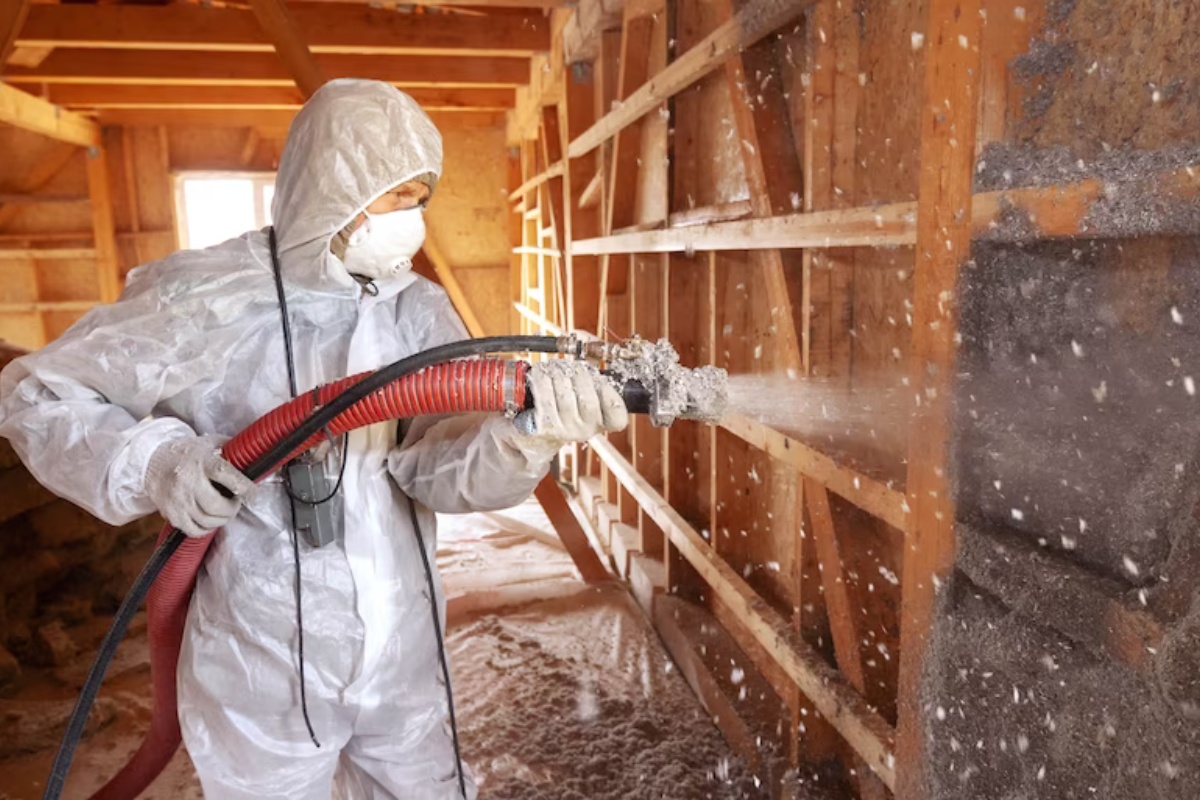
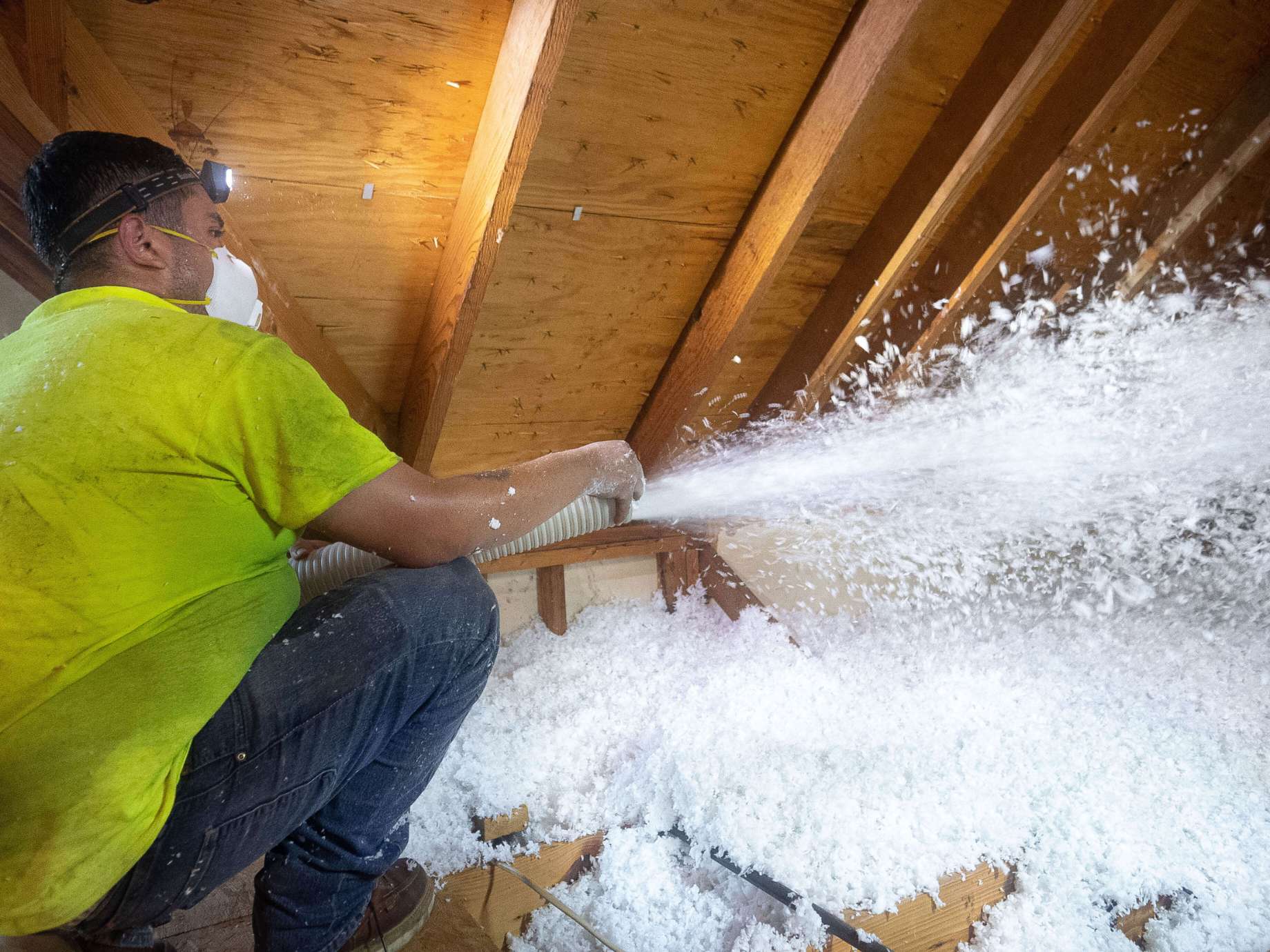
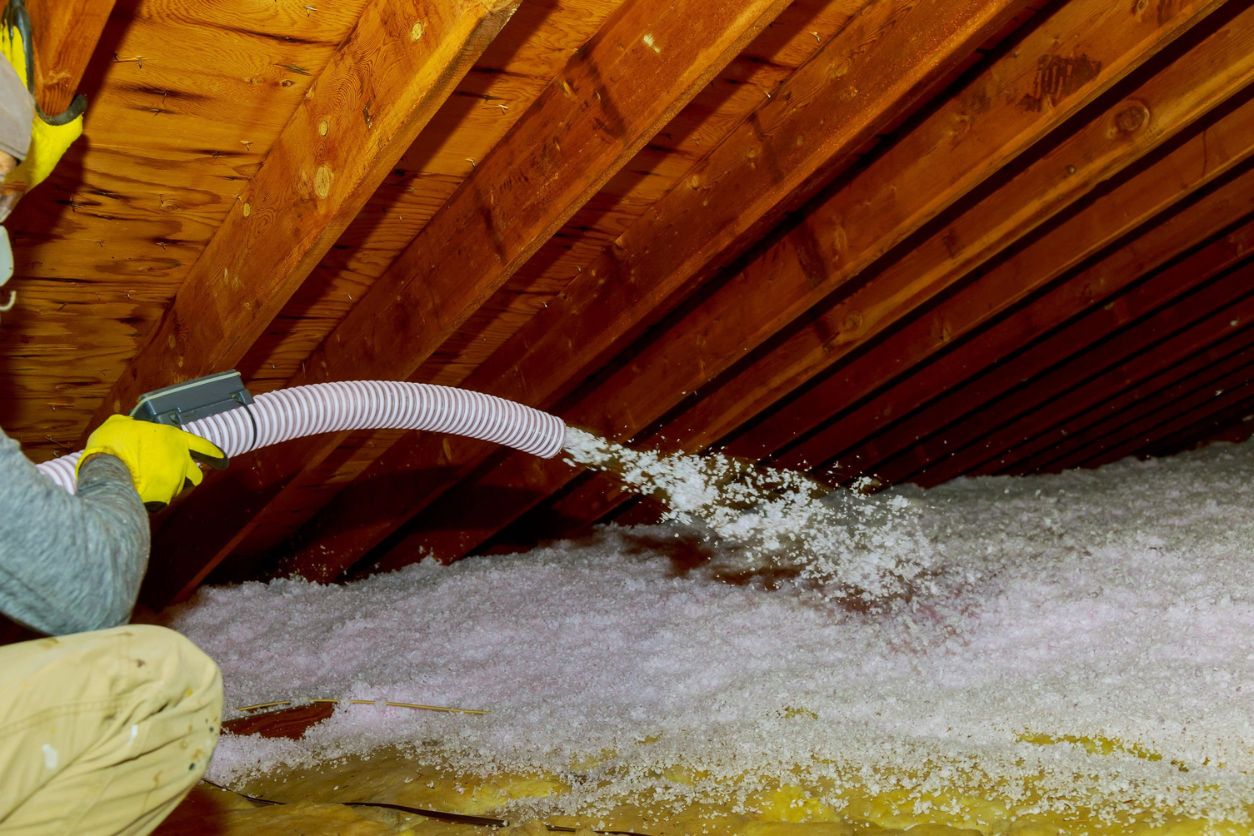
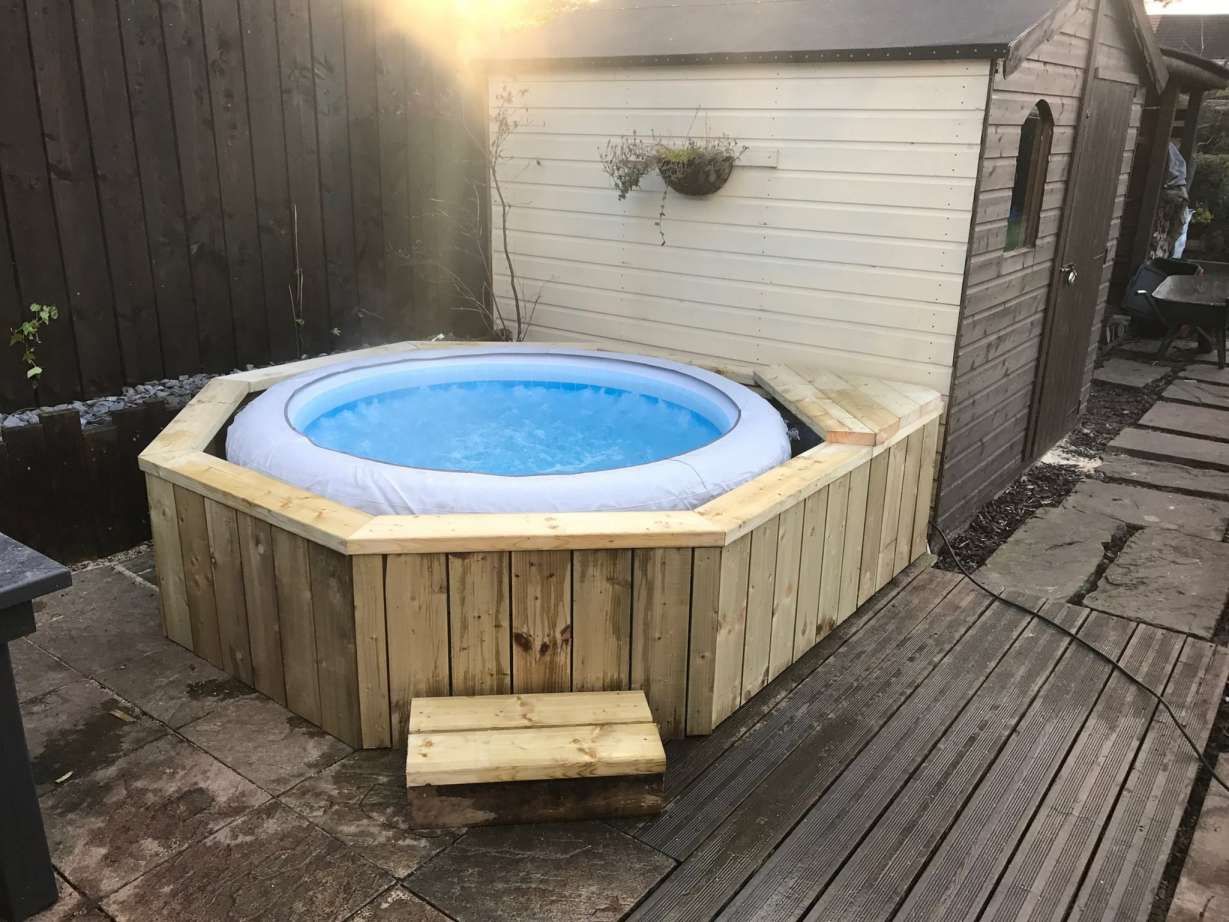
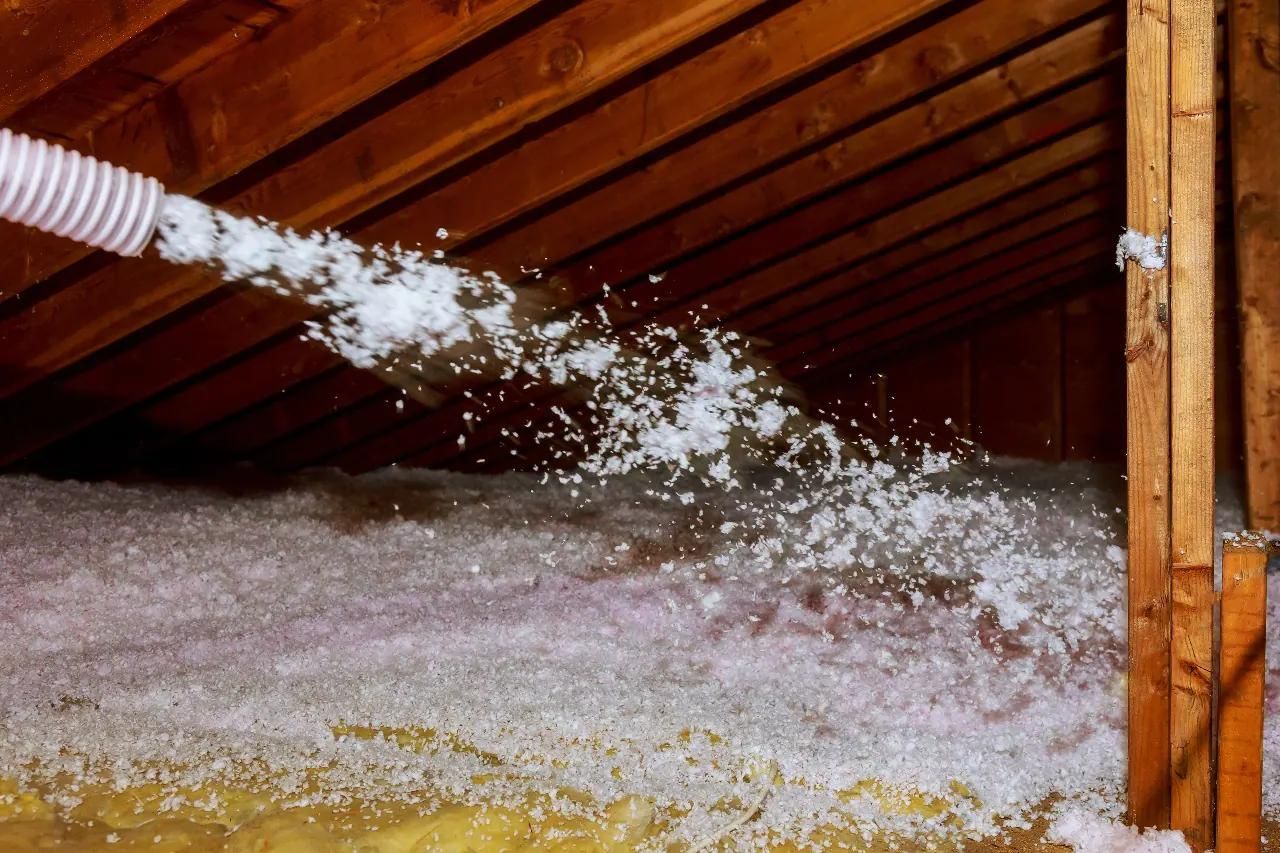
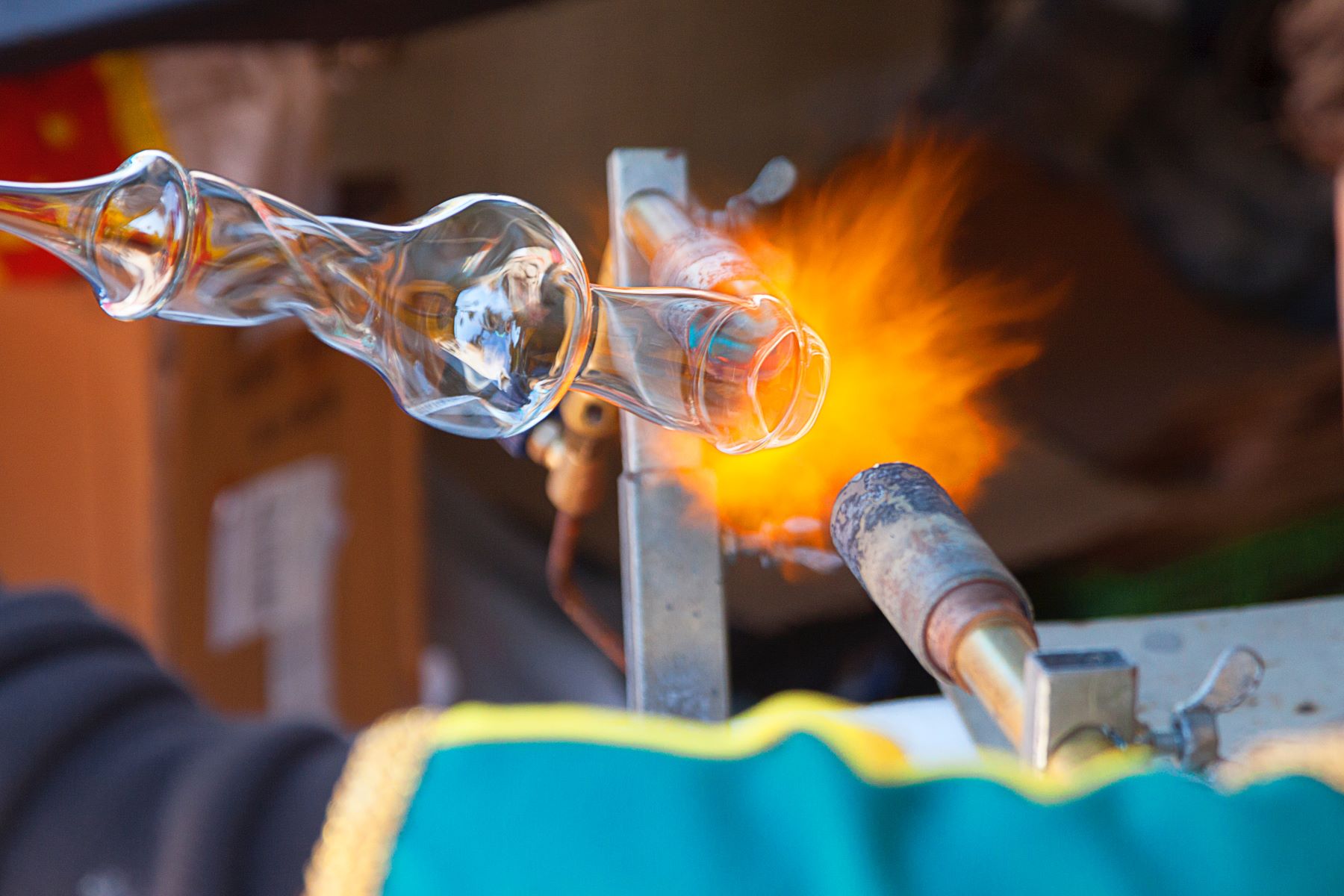
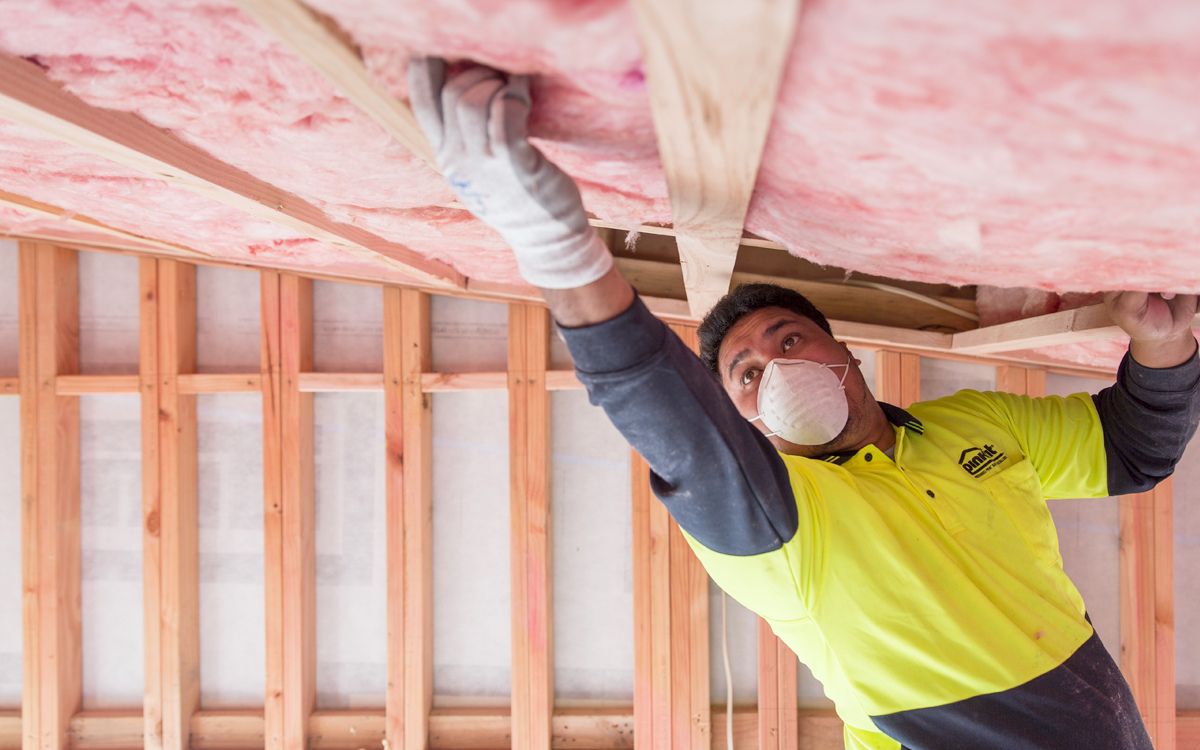
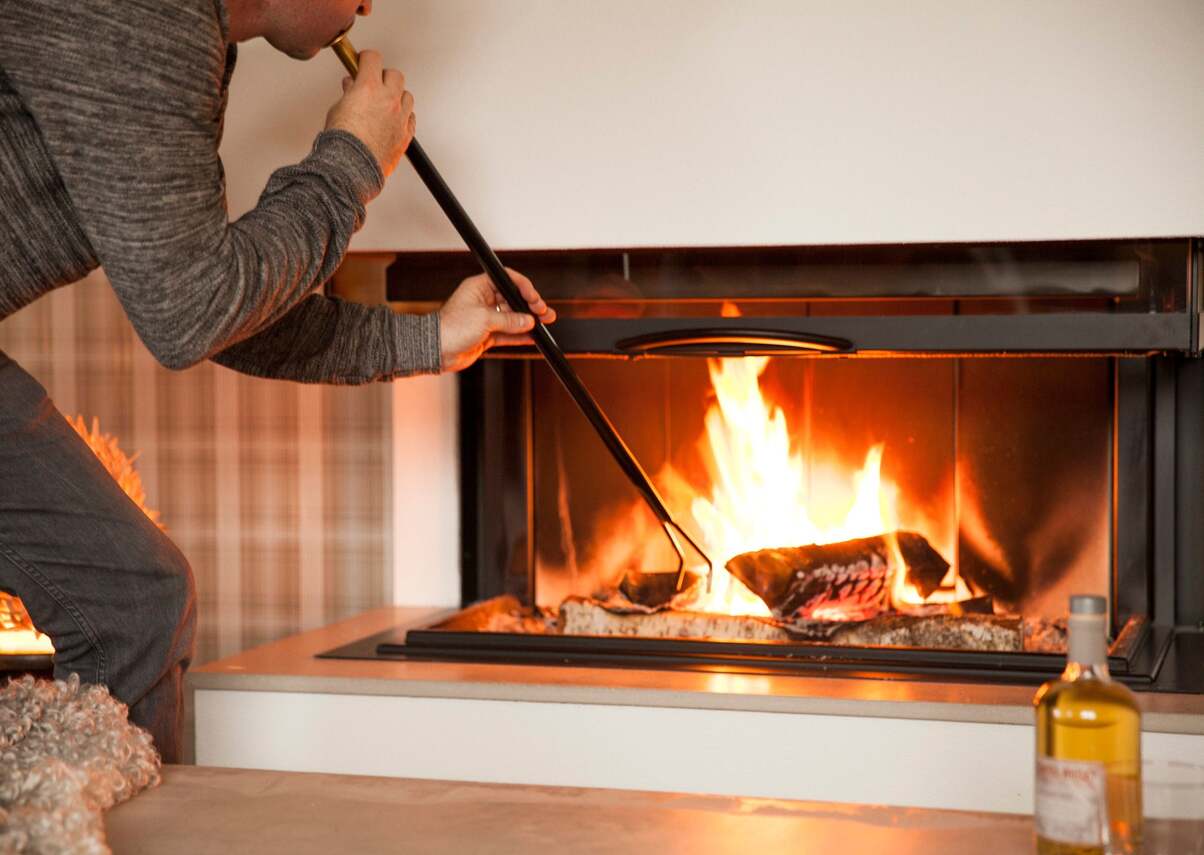
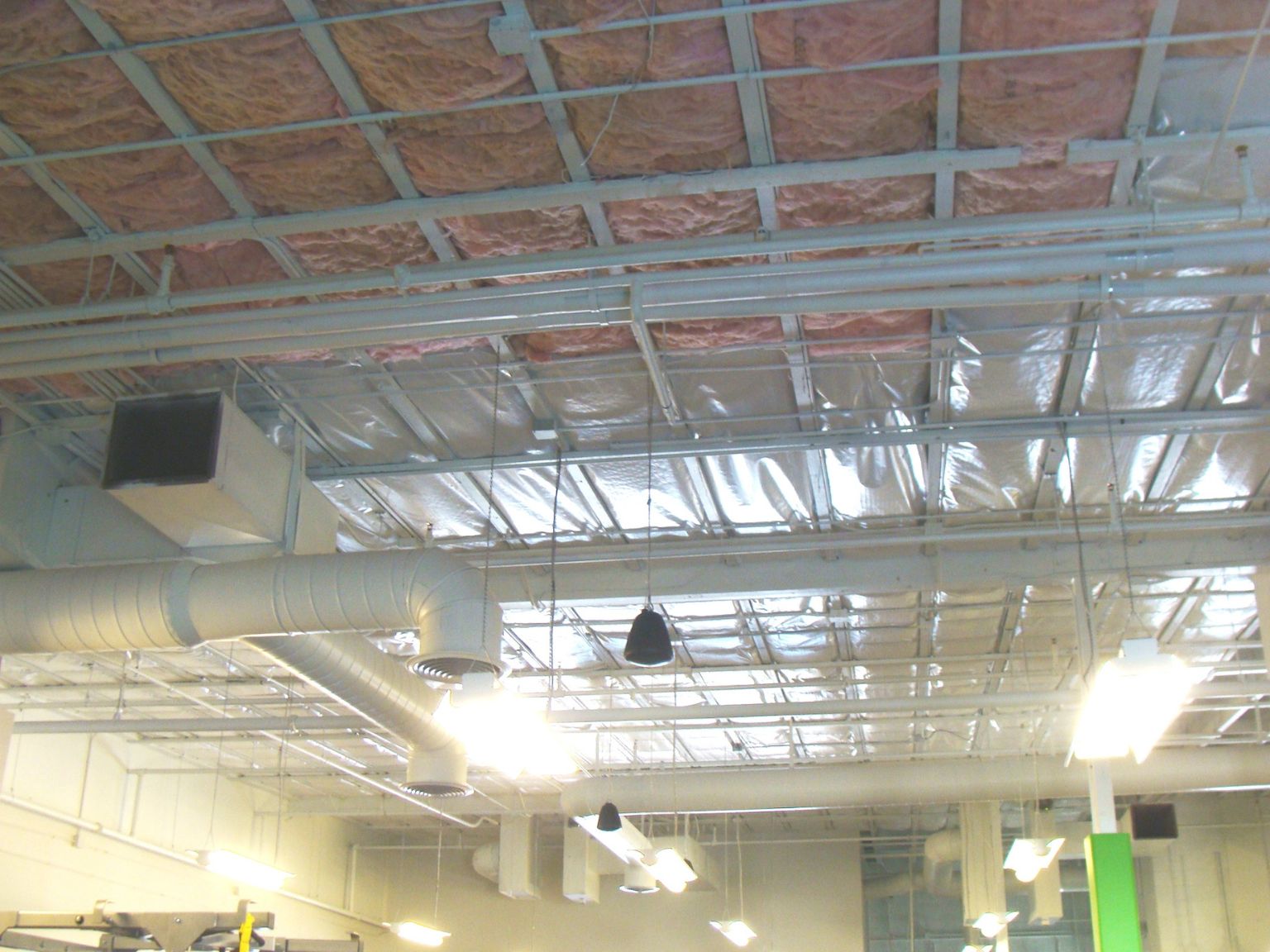
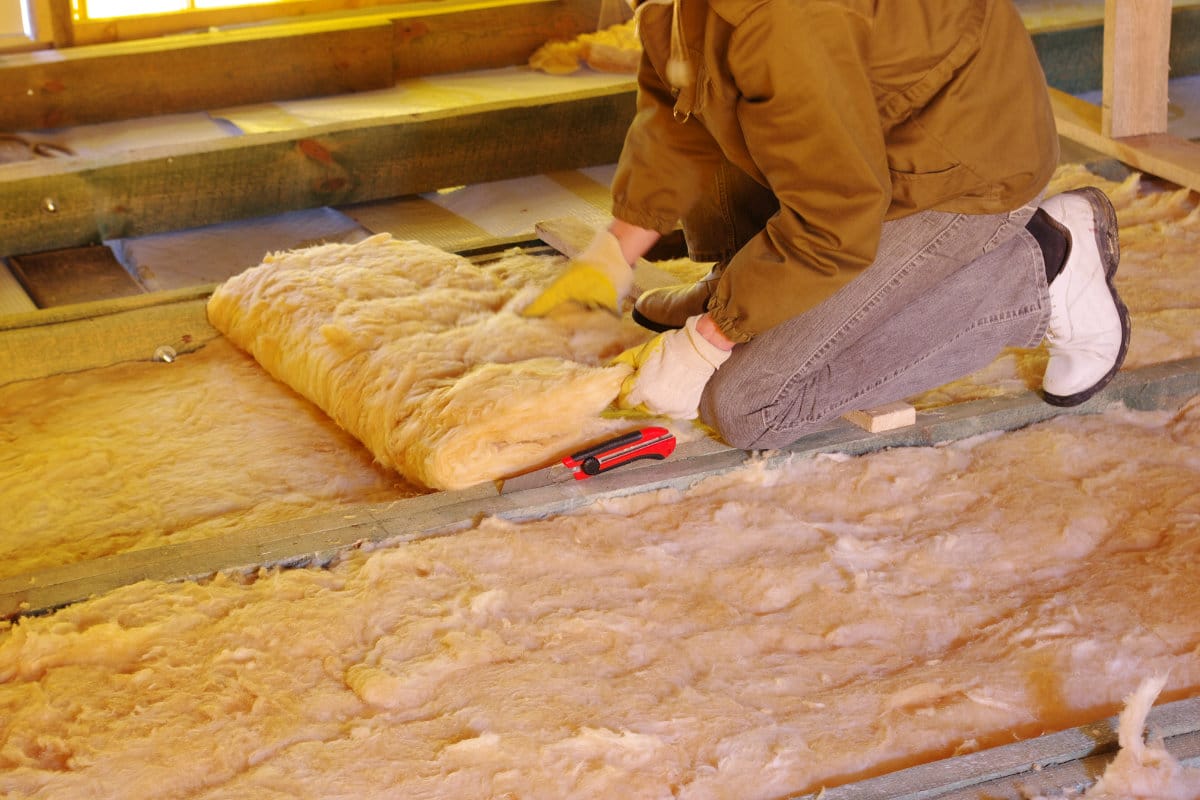
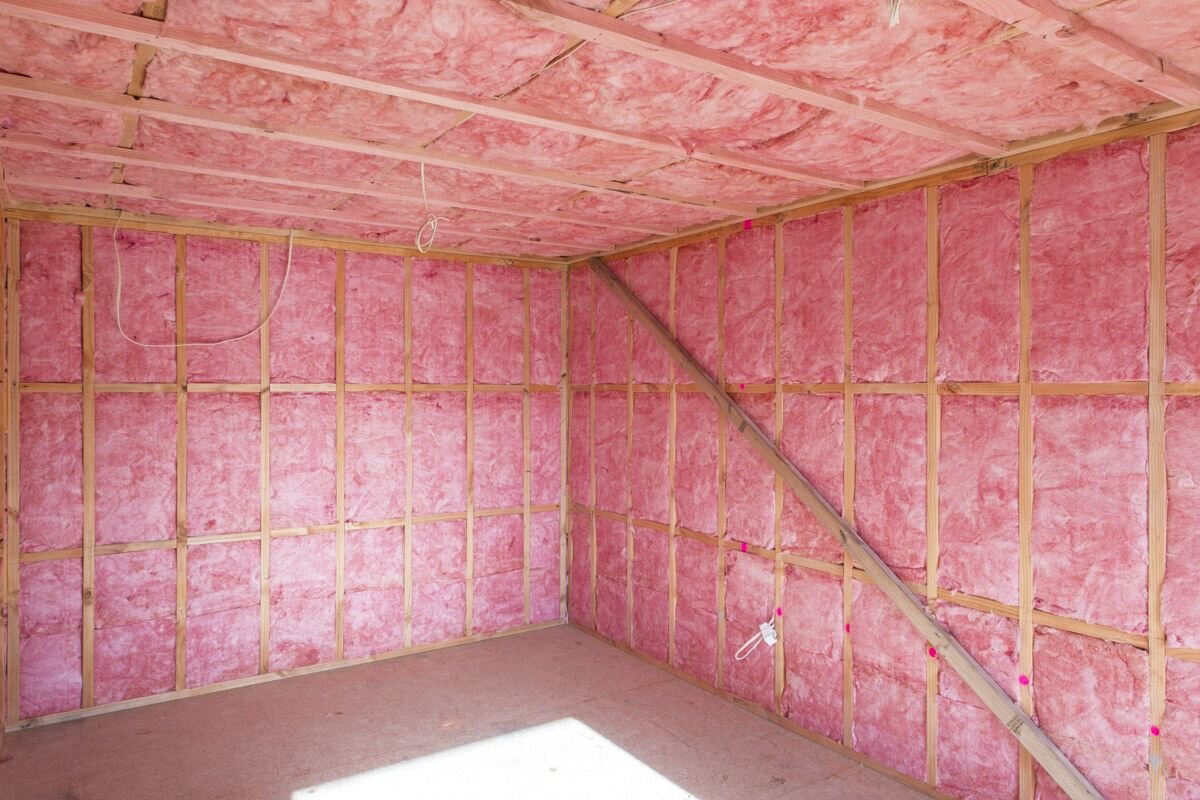
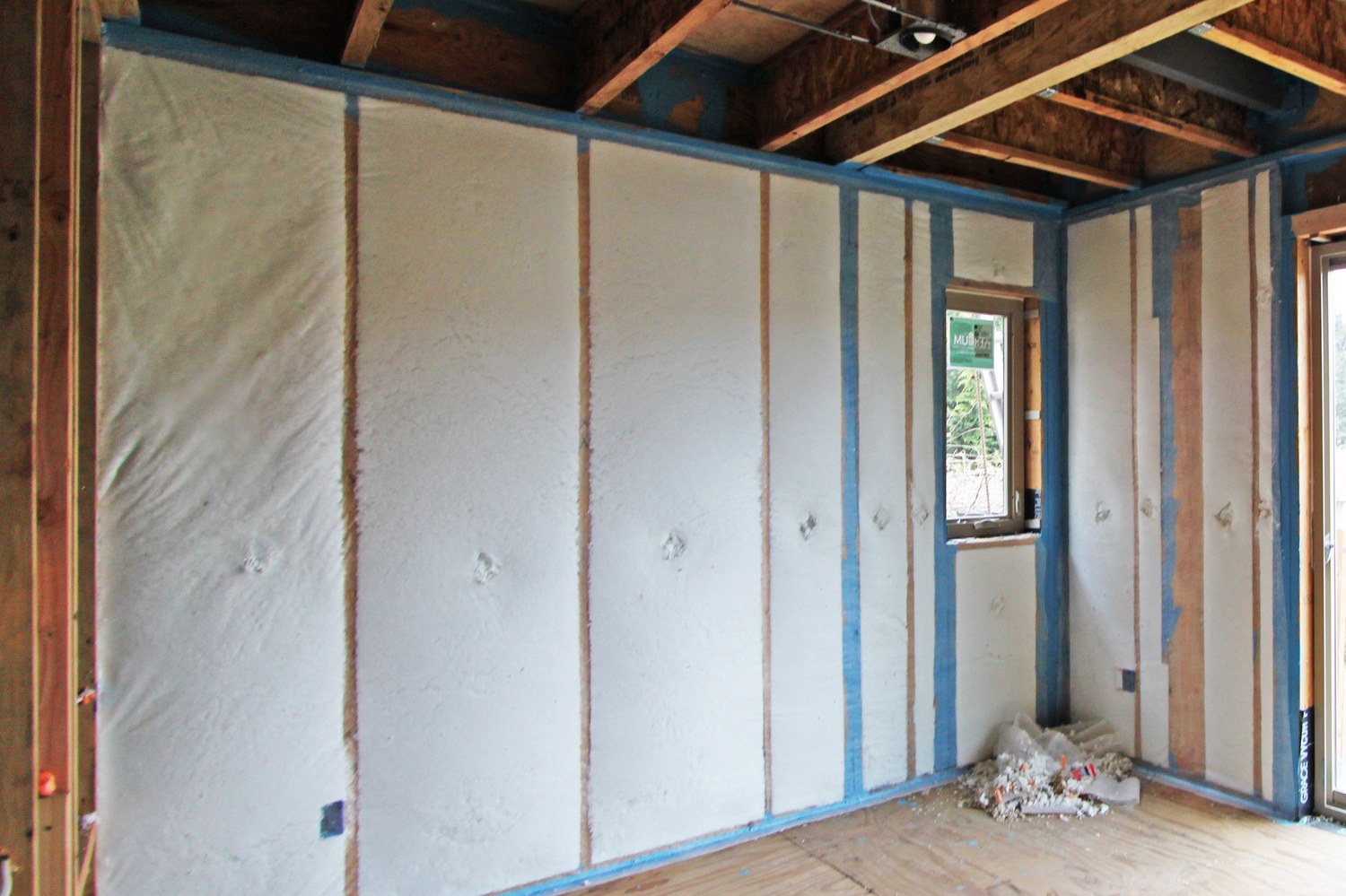
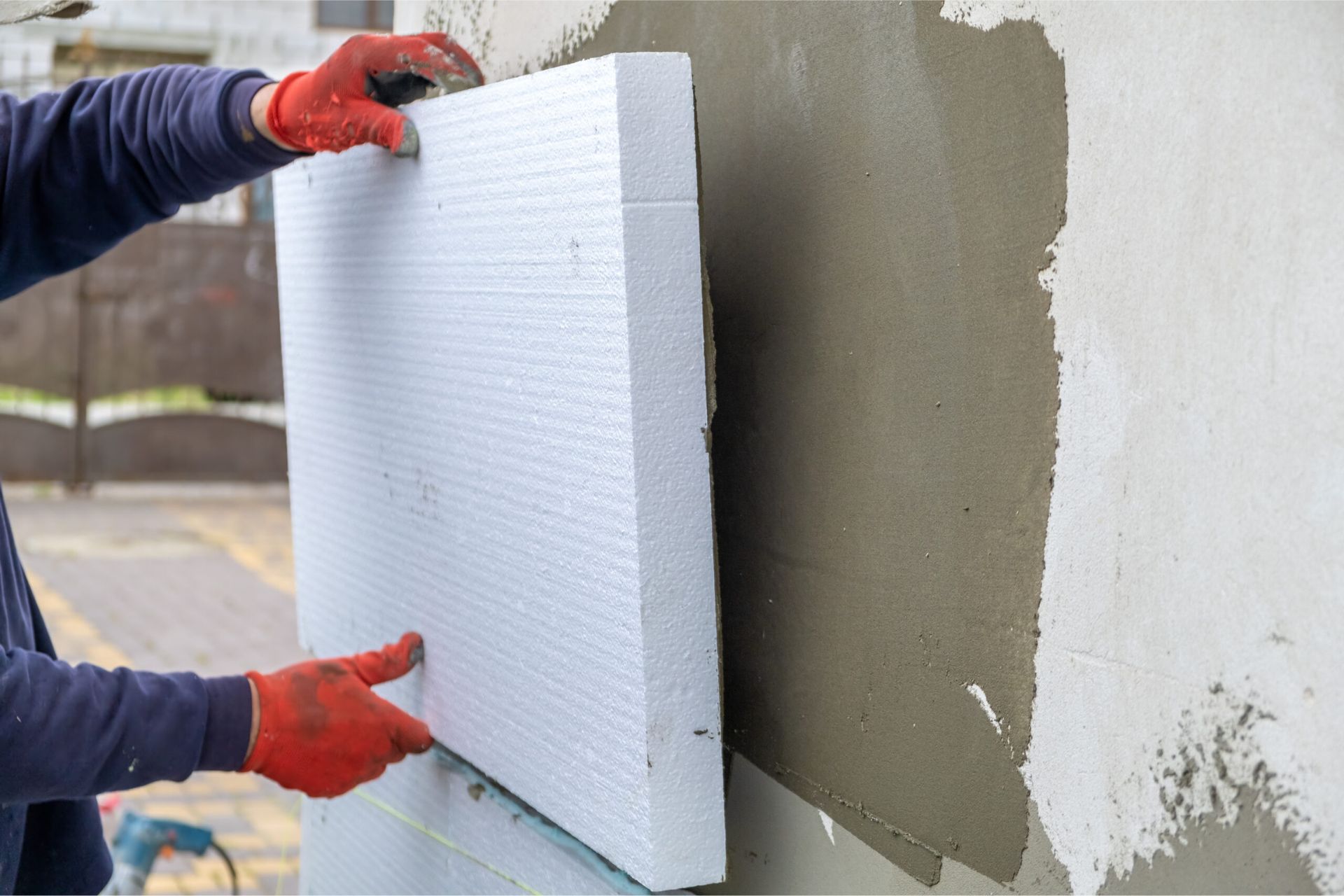

0 thoughts on “What Is Blow-In Insulation”